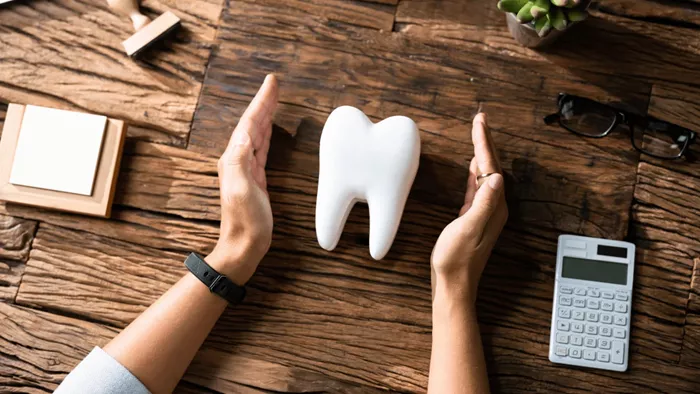The Global Dental Sterilization Market, valued at approximately USD 1.51 billion in 2023, is set to grow to USD 2.84 billion by 2031, reflecting a compound annual growth rate (CAGR) of 7.2%, according to a comprehensive report from Exactitude Consultancy. This growth is primarily driven by a heightened focus on infection control and the increasing prevalence of dental procedures worldwide.
Dental sterilization refers to the processes and technologies employed to eliminate harmful microbes from dental instruments and surfaces, ensuring patient safety and compliance with health regulations. Techniques such as autoclaving, chemical sterilization, and advanced closed cassette systems are contributing significantly to market expansion. The rising awareness of infection risks, coupled with stringent regulations and technological advancements, is further propelling the demand for effective sterilization solutions.
As dental professionals prioritize patient safety, the demand for high-quality sterilization equipment is intensifying. Enhanced public awareness of infection control, along with government investments in healthcare modernization, is expected to sustain growth in the dental sterilization sector. Innovations such as automation, the Internet of Things (IoT), and artificial intelligence (AI) are anticipated to revolutionize sterilization processes, increasing operational efficiency and opening new business opportunities.
The market is particularly robust in regions like North America and Europe, where stringent hygiene standards and a high prevalence of dental procedures drive demand. Meanwhile, the Asia-Pacific region is emerging as a significant contributor to market growth due to increased healthcare investments and rising dental care needs.
Despite the positive outlook, the market faces challenges, including high costs associated with advanced sterilization equipment. The initial investment in sterilizers and automation technologies can pose a barrier for smaller dental practices, potentially limiting market accessibility.
Conversely, the growing demand for preventive and aesthetic dentistry presents significant opportunities for the dental sterilization market. As more patients opt for elective and cosmetic procedures, the need for enhanced sterilization solutions increases, prompting dental practices to adopt advanced technologies that ensure the highest standards of care.
Recent advancements in dental sterilization technology include:
Mobility of Sterilization Equipment: Portable sterilization systems, such as handheld autoclaves and UV sterilizers, are becoming increasingly popular in mobile dental surgeries, enhancing hygiene practices in various settings.
AI Integration: The application of AI in monitoring sterilization processes is improving data analysis and predictive capabilities, ensuring equipment operates within optimal parameters and enhancing overall safety.
Personal Protective Equipment (PPE) Integration: New sterilization technologies are being developed to clean and disinfect PPE, addressing the growing need for efficient infection control measures during pandemics.
As of 2021, North America led the dental sterilization market with over 44% market share, driven by high disposable income, favorable reimbursement policies, and a population that prioritizes dental health. The region’s well-equipped dental facilities and a significant volume of procedures further contribute to robust demand for sterilization equipment.
In contrast, the Asia-Pacific region is poised for continuous growth, fueled by increasing healthcare demands and dental tourism. The expansion of dental clinics and hospitals, particularly in emerging economies like China and India, signals a bright future for the market in this area.
In conclusion, the Global Dental Sterilization Market is on a trajectory of steady growth, driven by innovations in technology, heightened awareness of infection control, and an increasing demand for dental procedures. As dental practices embrace advanced sterilization methods, the industry is likely to witness transformative changes that enhance patient safety and operational efficiency.
Related topics:


